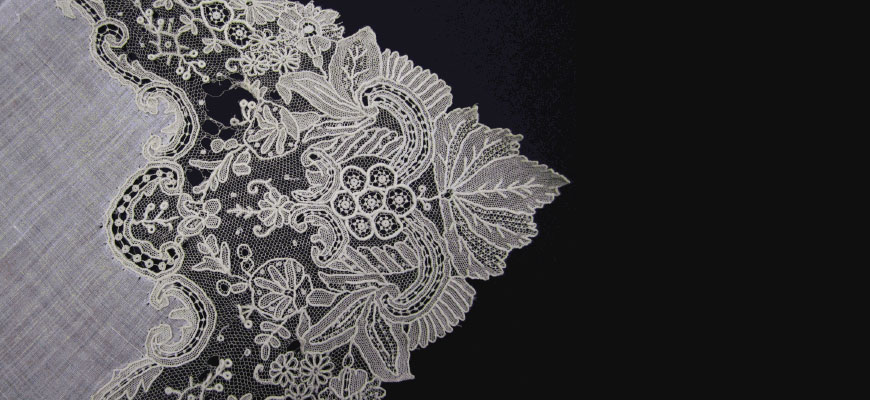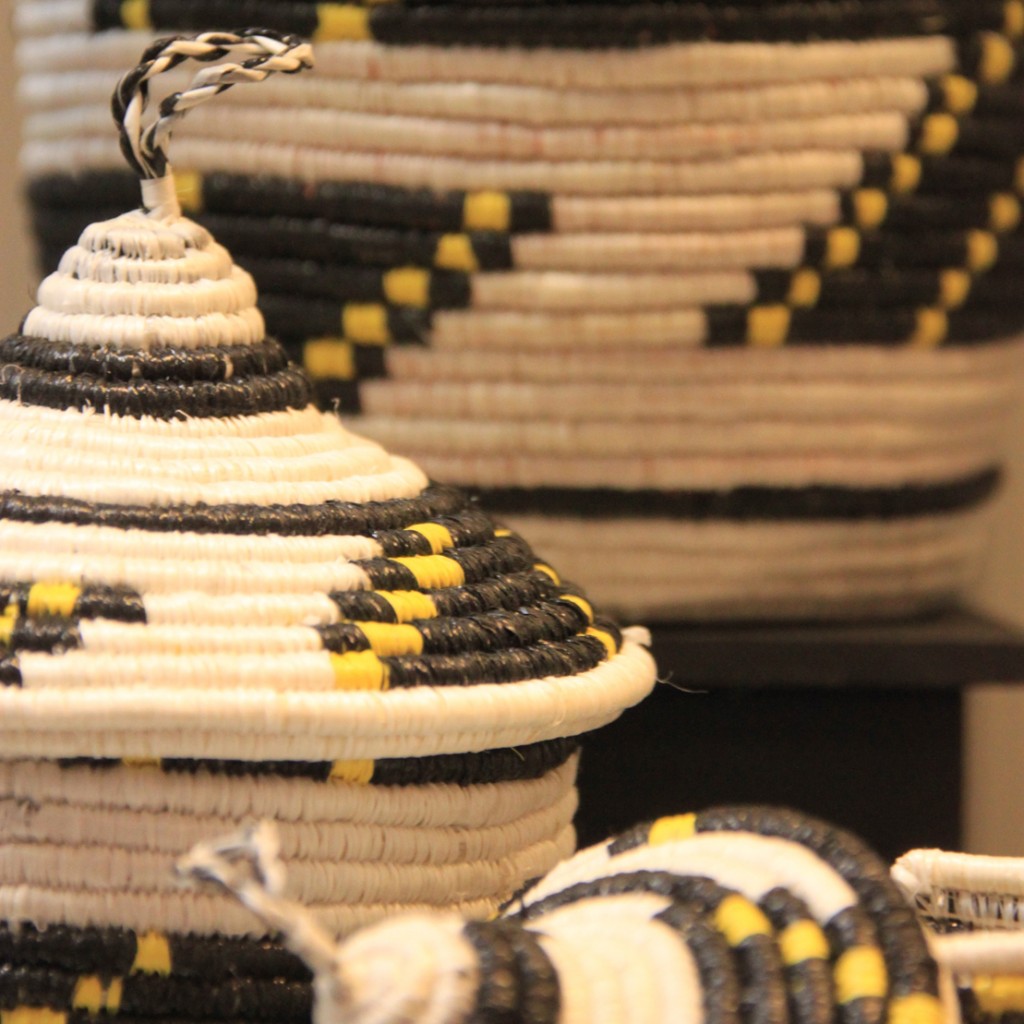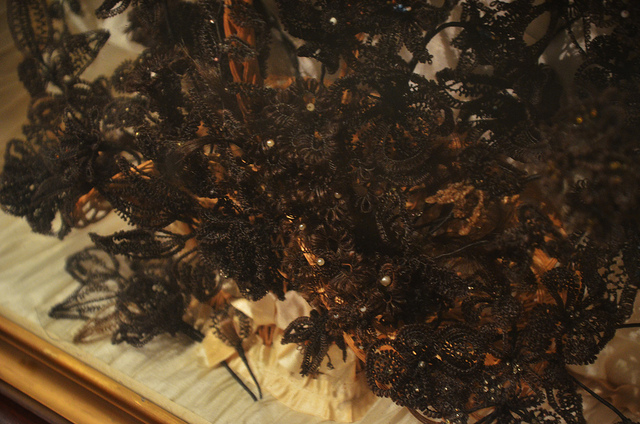The artifacts in this project are part of collections selected by Sarah Phillips, the curatorial registrar at the Idaho State Historical Museum, but the essays on each genre of craft, as well as the vast majority of photos on the site, were created by students in the course Women in America: The Western Experience at Boise State University during spring 2012.
Students worked in small groups on each genre of craft:
Basketry
- Monica Church
- Dan Foote
- Julie Kirk
- Kyle Sam
- Tekinah Sanders
Beadwork
- Vanessa Alvarez
- Tori Macklin
- Sterling Swafford
- Debra Torres
- Rebecca Watson
Dressmaking
- Jon Agnew
- Courtney Gallant
- Tori Lee
- Alisa Thompson
Hairwork
- Leslie Madsen-Brooks (instructor)
- Kelly Morgan
Lacework
- Alex Degiulio
- Susie Depew
- Lee Gray
Needlework
- Kristin Barrier
- Jacke’lle Knickrehm
- Cory Montgomery
- Rebecca Morgan
- Layne Wynn
Plein Air Painting
- Matt Lucich
- Darin McIntyre
- Tre Nichols
- Brady Potter
- Gaby Thomason
Quiltwork
- Irene Anderson
- Martina Ashman
- Joyanna Galan
- Melissa Jensen
- Alicia Weaver
Taxidermy
- Philip Browning
- Briana Cornwall
- Sarah McIsaac
- Rachel VanNote
- Jolee Thomsen



